The boutique cafes that pursue "authentic" end up dead?
For professional baristas, please follow the coffee workshop (Wechat official account cafe_style)
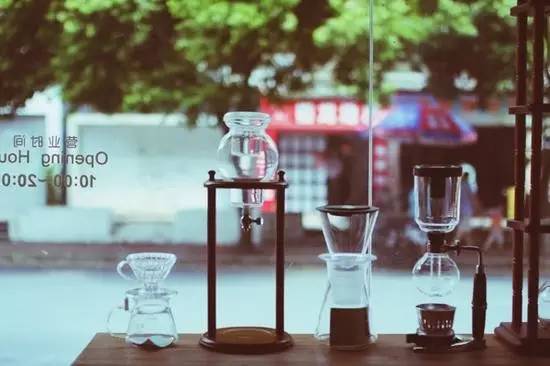
one
A few days ago, Ka Men published an article entitled "Coffee kicking Restaurant. What on earth are you kicking?" ". Before I posted it, I told our editor that this topic would be controversial. But unexpectedly, when I sent it out, it was so controversial.
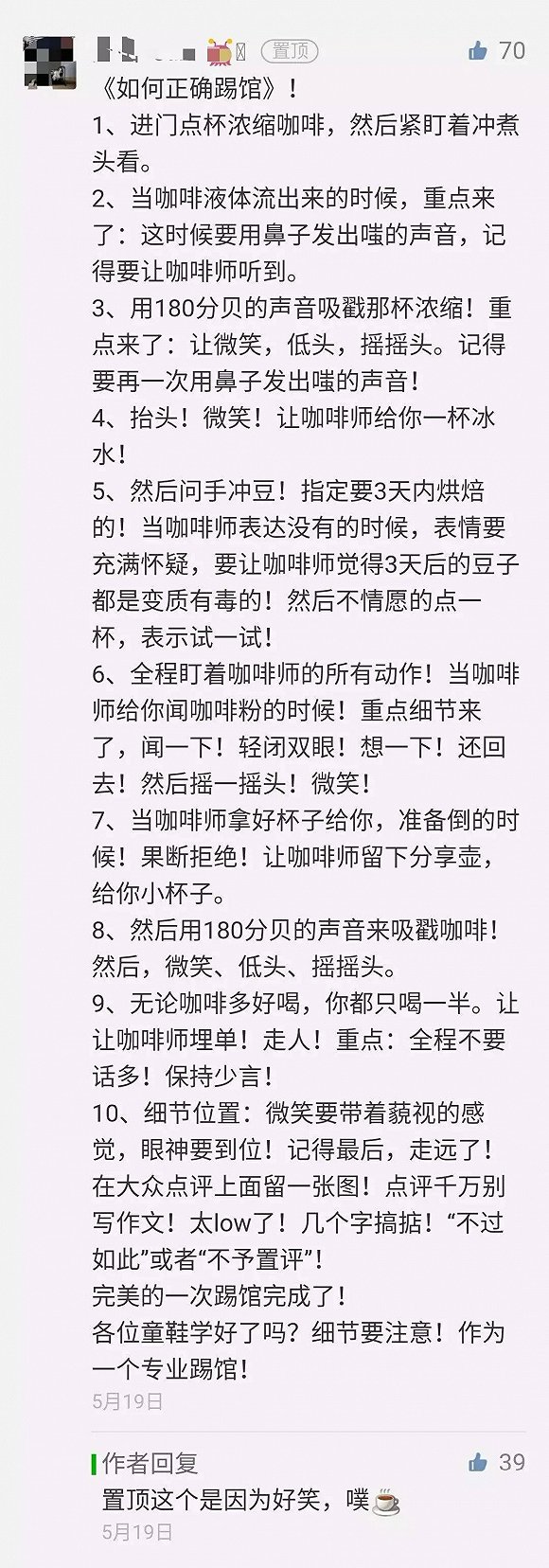
▲ is such an attentive and interesting reader!
In fact, it can be seen intuitively from the voting results that the votes for, against and not sure about the three options are almost equal.
If the 1000 votes are enlarged, it may be said that there is no consensus in the industry's judgment on the phenomenon of kicking pavilions.
This is almost uncontroversial in any other mature industry. The reason for this phenomenon is that the coffee industry is still a very primitive stage.
This kind of primitive does not mean that there is something wrong with the cooking level of our baristas. We have already won a lot of championships and the technical level is still very good. What I am talking about is a problem at the industry level.
In the previous Chinese coffee industry data released by Carmen, the number of cafes in China exceeded 100000 in 2016. (portal: how many cafes are there in China? What is their living condition? Let's take a look at this data report of "Ka Men")
But what kind of composition is this number? I counted that the top three chain brands add up to no more than 3500 stores. In other words, the number of 100000 is made up of the vast majority of grass-roots shops and several giants.
This kind of industry structure, which lacks the backbone, is also abnormal in terms of market share. The chain giant with a very low proportion has taken away most of the market share. I think many cities account for more than 80%.
The reason for this situation lies in the heavy awareness of opening small shops. Too many people open stores in order to create a "small and beautiful corner". It's not that it's a bad idea, it's a beautiful ideal.

Most of the cafes in ▲ are the embodiment of poetry and distance.
But many people have set up a shop without the concept of management at all. Because the cost of opening a store seems to be low and the threshold is low. But in fact, in the Chinese market, the threshold for coffee shop operation is very high. As a result of this cognitive dislocation, the management level of grass-roots shops is generally low.
Why do such a small number of giants eat up most of the market? Because they understand the operation, the market and the basic skills of business. This is all lacking at the grass roots. One of the most important is that the two have different attitudes towards commercialization.
two
Let me give you another example.
Blue bottle coffee Blue Bottle, now should be the third wave of coffee, which is an important representative of boutique coffee. It has been called the most threatening rival to the Starbucks empire and has received financing from Silicon Valley giants such as Google and Twitter.
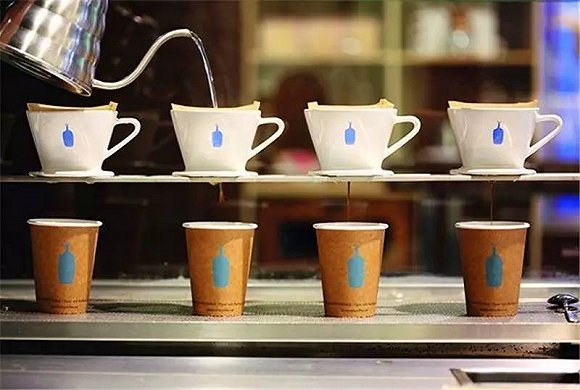
▲ blue bottle coffee
As a matter of fact, I have heard many senior seniors in the industry mention the blue bottle, which is not very respectable. In the chain of disdain in the coffee circle, the last link of the blue bottle, there are intellectuals, counter-culture, Shu Pier City and other brands. The latter three are known as the three representatives of the boutique coffee industry, who follow the path of ingenious workshops and are very famous in the industry. But out of the industry, almost no one knows.
Why is the blue bottle recognized by more people, rather than the more senior representative brand? In fact, Blue bottle has made some commercial changes. For example, the sale of pre-ground coffee powder, consumers like it, but this is taboo in the traditional boutique world. So some senior people don't like it.
In October and November 2015, Starbucks' grandmaster Peets Coffee made a lightning move to buy Shupun City Coffee and intellectual Coffee. At that time, loyal fans of the two brands were shocked, and there was a howl on Twitter. "I don't know the world anymore."
What did Bitz Coffee do after it acquired these two boutique coffees? It says it wants to go out of the United States and sell to the world, including the Chinese market. Soon, it made some commercial moves. For example, launch canned boutique coffee products.
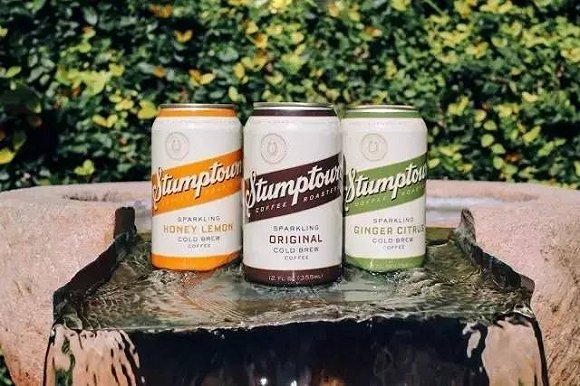
Canned coffee launched by ▲ Bitz Coffee in March this year.
These products are very close to the people, which is even more intolerable in the boutique coffee industry. In fact, before, Carmen once reported a coffee brand called Never Coffee, which also made boutique coffee in a canned way, which caused a lot of controversy. Insiders are questioning: can this canned, mechanized, mass-produced product still be called boutique coffee?
But outside the circle, judging from the performance of the market, these traditional boutique coffee brands, and even similar craft beer, are doing the same thing: commercialization.
What is commercialization? For the current situation, it is to respect the market, provide good service, and not be kidnapped by ingenuity and standards.
three
Not long ago, Seesaw Coffee, a well-known domestic coffee brand, received 45 million investment from Hony Capital. A friend asked me what I thought, and I said it was not surprising. Because its founder knows the market.
It also breaks many conventions and rules of boutique coffee.
Co-ordinate: card sir | Editor: political rain
Important Notice :
前街咖啡 FrontStreet Coffee has moved to new addredd:
FrontStreet Coffee Address: 315,Donghua East Road,GuangZhou
Tel:020 38364473
- Prev
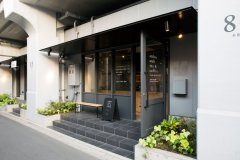
Tokyo texture compound Cafe, not only a good cup of coffee but also a good cup of tea
Professional baristas Please follow the Coffee Workshop (Wechat official account cafe_style) there are numerous textured coffee shops in Tokyo, but this Artless Craft Tea Coffee can survive in the highly competitive coffee market, opened by brand agent artlessInc, opened the first coffee shop in Harajuku a year ago, and now has moved to a place where
- Next

Father and daughter open a coffee shop and ask customers to DIY coffee.
For the exchange of professional baristas, please follow Wang Guochen (left), the owner of the coffee workshop (Wechat official account cafe_style) and his daughter Wang Ying, as well as the technical guidance, and some people go to the cafe to compete with the owner. This business model makes the coffee shop's business volume equal the cost in five months. The picture shows Wang Guochen instructing guests how to make coffee. Guo Zhiyi, a reporter from the Central News Agency, photographed a new coffee shop in Pingdong City on June 7, 106.
Related
- What documents do you need to go through to open a coffee shop? coffee shop coffee shop certificate processing process
- How to purchase Coffee beans in small Cafe how to choose a suitable supplier for domestic Coffee supply Company
- How to drink Starbucks Fragrance White Coffee? how to make Australian White Coffee? what Italian coffee beans are recommended?
- The Story of Flora Coffee: the name of Flora Coffee Bean and the implication of the Flowers on Florna Coffee
- How much does a cup of coffee cost? How much is the profit of a cup of coffee? What is the profit of the coffee shop in a year?
- Yunnan small Coffee, known as "fragrant Coffee", introduces the characteristics of Alpine Arabica Coffee producing areas in Yunnan, China
- 2023 latest Starbucks full menu price list how much is a cup of Starbucks coffee what is better to drink the most popular hot and cold drinks recommended
- Starbucks different kinds of Coffee Price list Starbucks menu 2023 Top Ten Best drinks in Starbucks
- Starbucks Spring praise Comprehensive matching Coffee Bean theme Story Packaging implication and taste description
- The cost of a cup of coffee latte American coffee cost price and selling price

